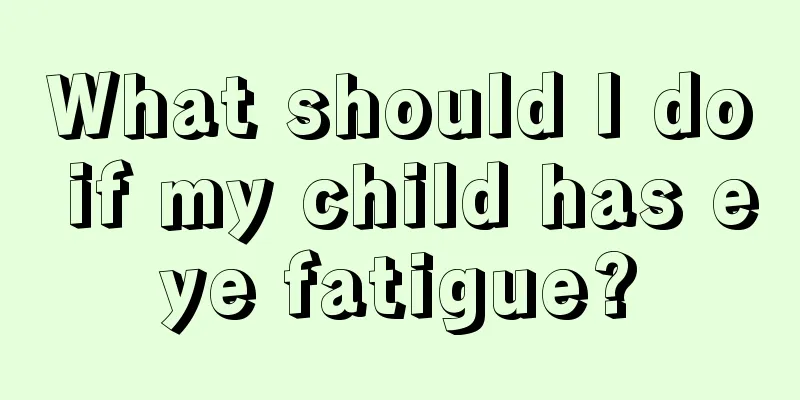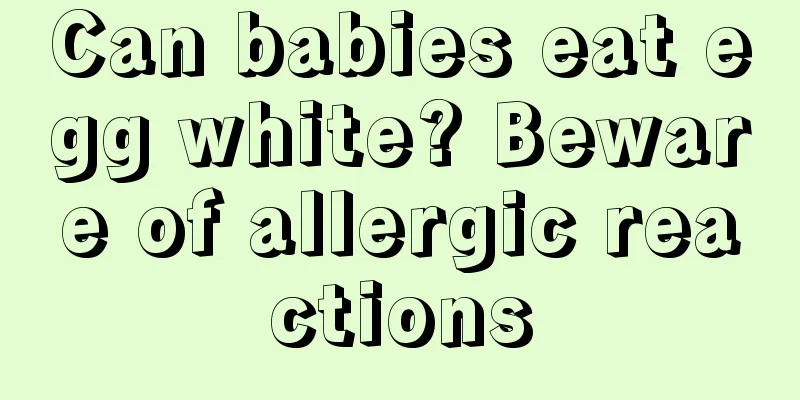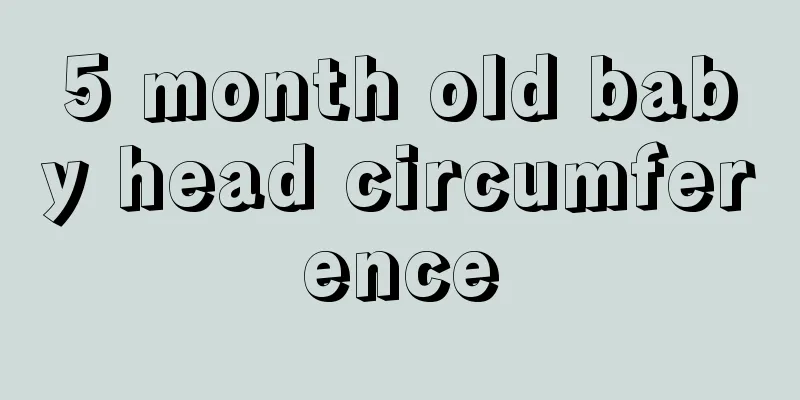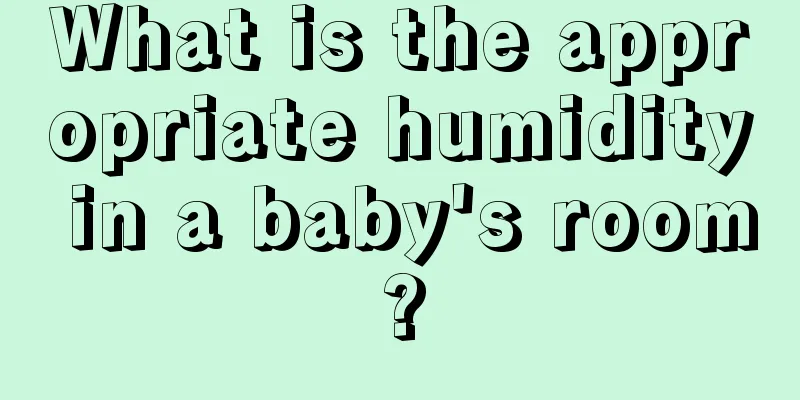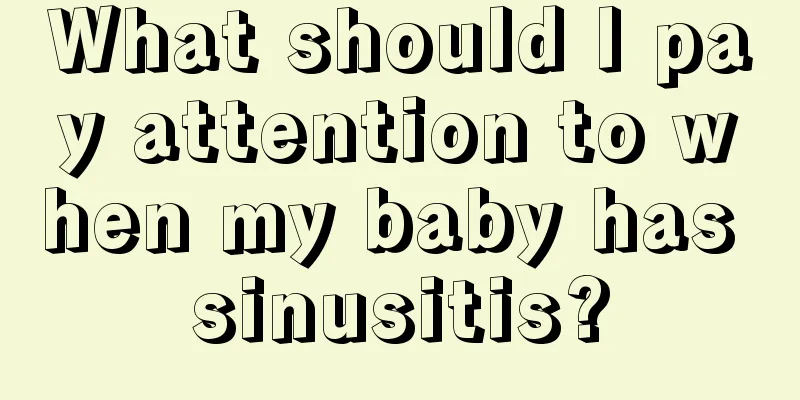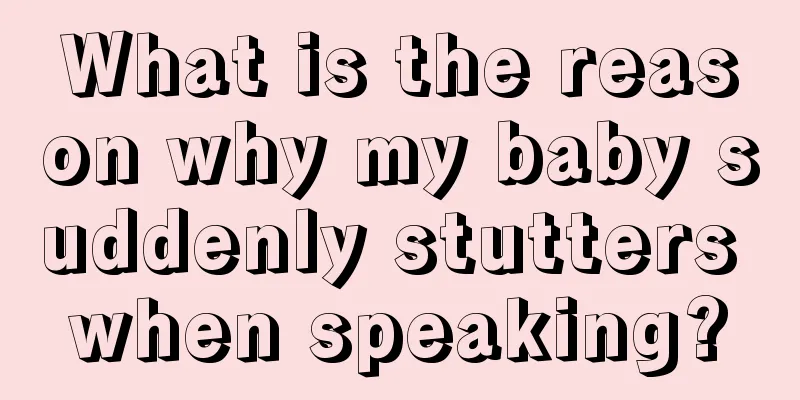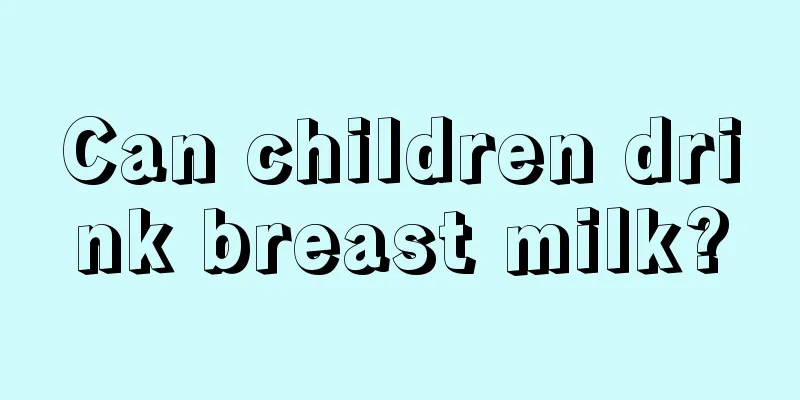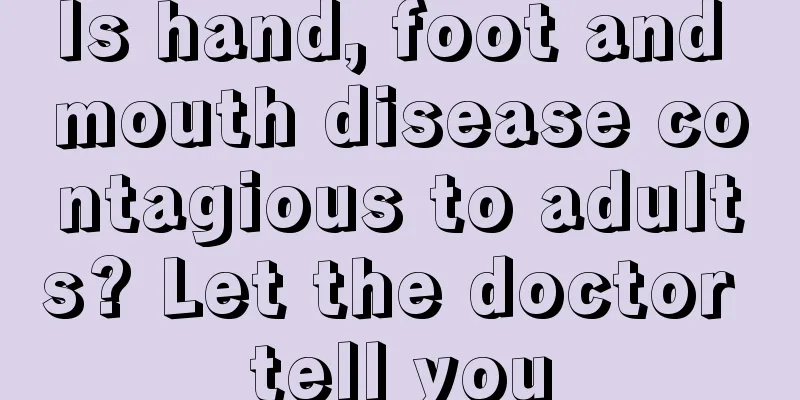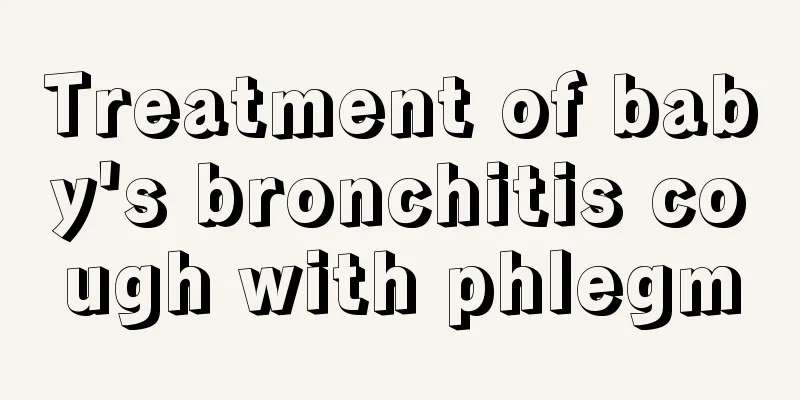The child convulses after falling
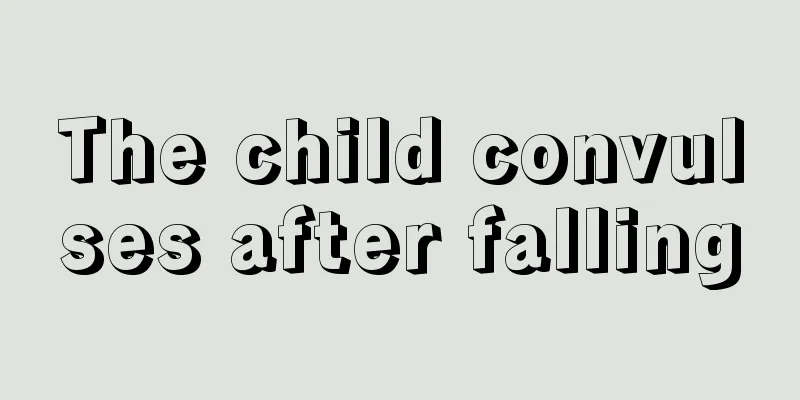
|
In daily life, it is a common phenomenon that children convulse after accidentally falling. There are many reasons why children convulse after falling. It may be due to a concussion or epilepsy, which can easily lead to such symptoms. Children with encephalitis are also likely to have convulsions. Intracranial examination can be performed to make a judgment. What happens when a child convulses after falling? This indicates that there is a concussion, but we should also pay attention to whether the child has epilepsy. It is not known whether the patient has any family history of the disease. Pay attention to your child. If your child shows symptoms such as vomiting, you should take him to the hospital for a brain CT scan to rule out intracranial hemorrhage and epilepsy caused by injury. Pay attention to it and observe closely. Childhood epilepsy Childhood epilepsy is a common neurological syndrome in children (0-18 years old) with complex causes, recurrent, paroxysmal, temporary brain dysfunction. The causes are divided into primary and secondary. The causes of childhood epilepsy are mostly perinatal ischemia and hypoxia, cortical dysplasia, low-grade gliomas, encephalitis, trauma, etc. From the neonatal period to adolescence, the structure and function of the nervous system are in a process of rapid development and shaping. Therefore, epilepsy in different age groups is different from that in adults in many aspects, from etiology, pathogenesis, clinical manifestations to prognosis. The causes of epilepsy in children are diverse and the clinical manifestations vary. We should do our best to diagnose the cause and choose appropriate treatment. Especially for children under 6 years old, which is a critical period for brain development, it is recommended to actively control epileptic seizures to facilitate the growth and development of children. Epidemiology of childhood epilepsy. Foreign epidemiological studies have reported that the incidence of epilepsy is 118/100,000 in children under 1 year old, 48/100,000 in children aged 1 to 5 years, 43/100,000 in children aged 5 to 10 years, and 21/100,000 in children aged 10 to 15 years. The prevalence of active epilepsy in the population is 0.5% to 0.7%, and more than half of them develop the disease before the age of 12. An epidemiological survey of children aged 0 to 14 years showed that the incidence of childhood epilepsy (excluding febrile convulsions) was 151/100,000/year, and the prevalence was 3.45‰. treat Epilepsy in children can be treated with medication, surgery, neuromodulation and other methods. Drugs are the first choice for epilepsy with no clear cause. For epilepsy with a clear cause, such as focal cortical dysplasia and cerebrofacial angiomatosis, early surgical treatment is recommended. This type of secondary epilepsy has a very low possibility of self-healing, and brain function can further develop after early surgical treatment. Drug treatment of epilepsy has both advantages and disadvantages, mainly the impact on brain function and the impact of drugs on physical development. Drug treatment is recommended for patients with frequent and severe seizures. For benign epilepsy with low seizure frequency and mostly nocturnal attacks, the use of drugs can be carefully considered. Some childhood epilepsy is benign, such as febrile seizures, benign childhood myoclonus, BECT, and most childhood absence epilepsy, which can heal themselves with age; some secondary childhood epilepsy: such as focal cortical dysplasia, cerebrofacial angiomatosis, and some tuberous sclerosis can be cured by surgery. Common epilepsy in children that can be cured surgically: 1. Focal cortical dysplasia Focal cortical dysplasia (FCD) is a disease caused by impaired migration or cell proliferation of cortical neurons. It is a type of cortical developmental malformation and the most common cause of refractory epilepsy. In epilepsy surgery, FCD accounts for approximately 40% to 50% of pediatric epilepsy surgery patients and about 20% of adult epilepsy surgery patients. Surgery is an effective method for treating refractory epilepsy caused by FCD. The prognosis of the operation is related to the location of the brain lobe and whether the epileptogenic focus is completely removed. With the advancement of surgical methods, the postoperative epilepsy remission rate has reached 80%. |
<<: What medicine should children take for anemia
Recommend
What to do if your child coughs after eating salty food
Salt is a necessary condiment in the home. Childr...
How to solve the problem of children always falling down?
Children are the apple of their parents' eyes...
What are the common skin diseases in children?
Children have a relatively weak constitution, esp...
What should I do if my child has toothache caused by toothworms?
It is every child's nature to love sweets. I ...
What medicine should children take for gingivitis
Candy is one of the favorite foods of children, b...
What are the benefits of baby swimming in summer
Summer is a relatively hot season. At this time, ...
Which department should I go to for phimosis surgery on my child?
It is a very common phenomenon for children to ha...
Treatment and prevention of bronchial pneumonia in one-year-old babies
Bronchopneumonia in one-year-old babies is mostly...
Three-year-old poops and there is blood when wiping his butt
For children, it is actually very easy to have bl...
Treatment for baby spitting up milk from the nose
Nowadays, the incidence of babies spitting up mil...
Baby breathing loudly while sleeping
It is actually normal for a baby to breathe loudl...
What should I do if my baby sucks his fingers?
For babies, sucking their fingers is as carefree ...
What should I do if my baby is mute?
The baby's body functions are not yet fully d...
What foods can help babies digest food?
Newborn babies can just eat breast milk or drink ...
What to do if your child has dry stools
We all know that every child can absorb food bett...

